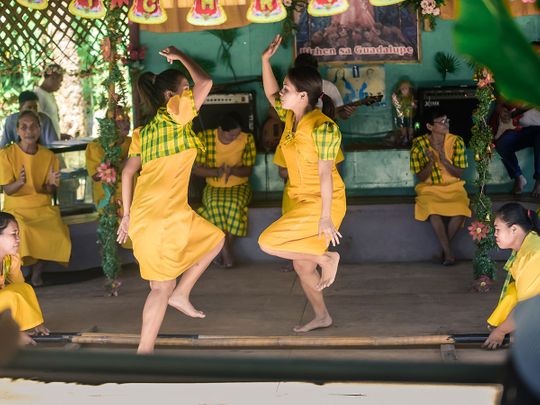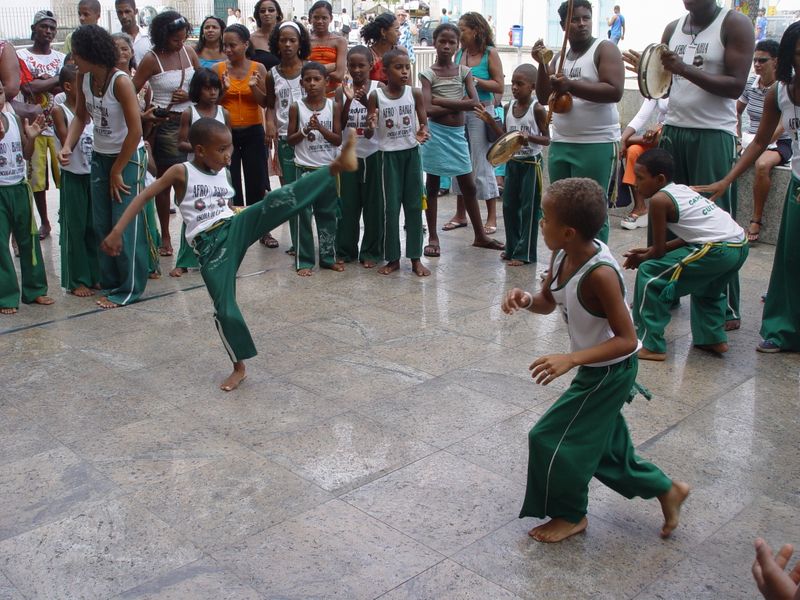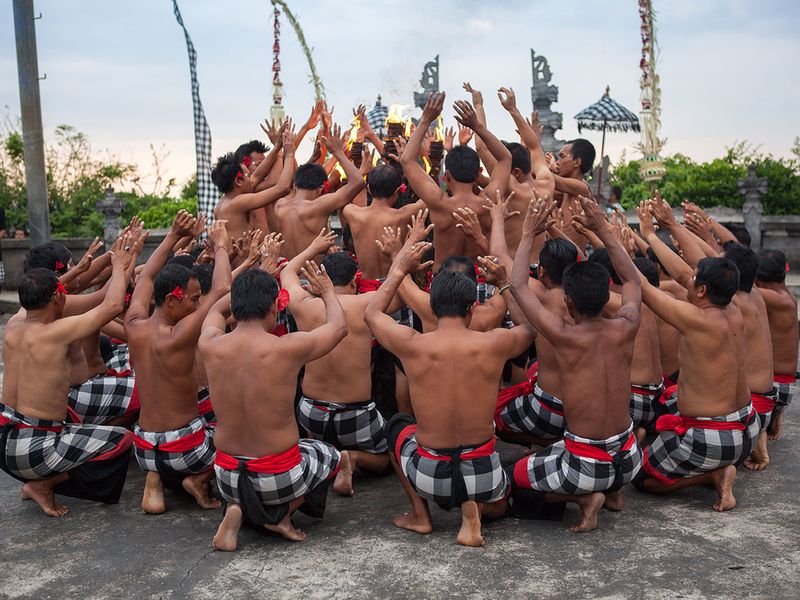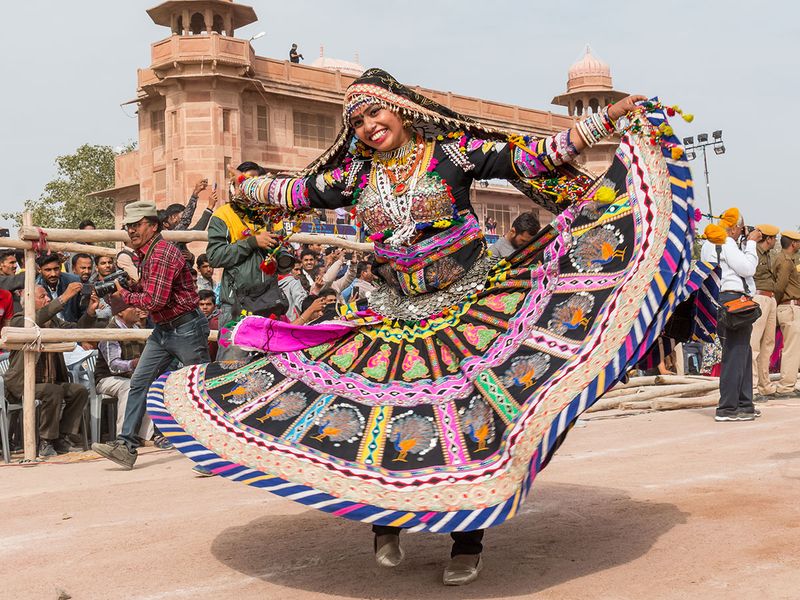
It’s a universal language of movement – dance.
Click start to play today’s Word Search, where you can spot different kinds of dance.
Whether to celebrate, tell a story, or prepare for an important event, dance has been used by cultures around the world as a way to come together in a shared rhythm and space. Here are a few famous folk dances to know:
1. Tinikling Dance, Philippines
As the country’s national dance, tinikling is a traditional folk dance that originated during the Spanish colonial era. It involves two people beating, tapping and sliding bamboo poles on the ground and against each other, as two or more dancers step in and out of the space between the poles in a coordinated dance. The name comes from a local bird, whose graceful movements are imitated by the dancers.
2. Capoeira, Brazil

The indigenous form of dance is a combination of martial arts, acrobatics, and music that originates from its African roots. Initially practiced by enslaved Africans in Brazil at the beginning of the 16th century, the dance form is now known for its complex manoeuvres and how it incorporates fighting techniques into dance and music. In 2014, capoeira was granted special protected status as intangible cultural heritage, by United Nations Educational, Scientific and Cultural Organisation.
3. Kecak, Indonesia

The Balinese kecak “fire” dance remains one of its main traditional dances. Men wear checked cloth sarongs and chant in an incredible, deep rhythm, while dancers perform a narrative around a large fire in the centre. The meditative dance often depicts part of the Vedic epic tale, the Ramayana.
4. Kalbelia, India

The kalbelia is a folk dance that originates from Rajasthan, India, from a tribe by the same name that were professional snake handlers. Women in flowing black skirts dance and swirl, replicating the movements of the serpent, while men accompany them on the khanjari percussion instrument and a woodwind instrument that’s often played to capture snakes. Kalbelia are reputed for composing lyrics on the spot and for improvising songs during performances.
Which of these traditional dances are you familiar with? Play today’s Word Search and tell us at games@gulfnews.com.




